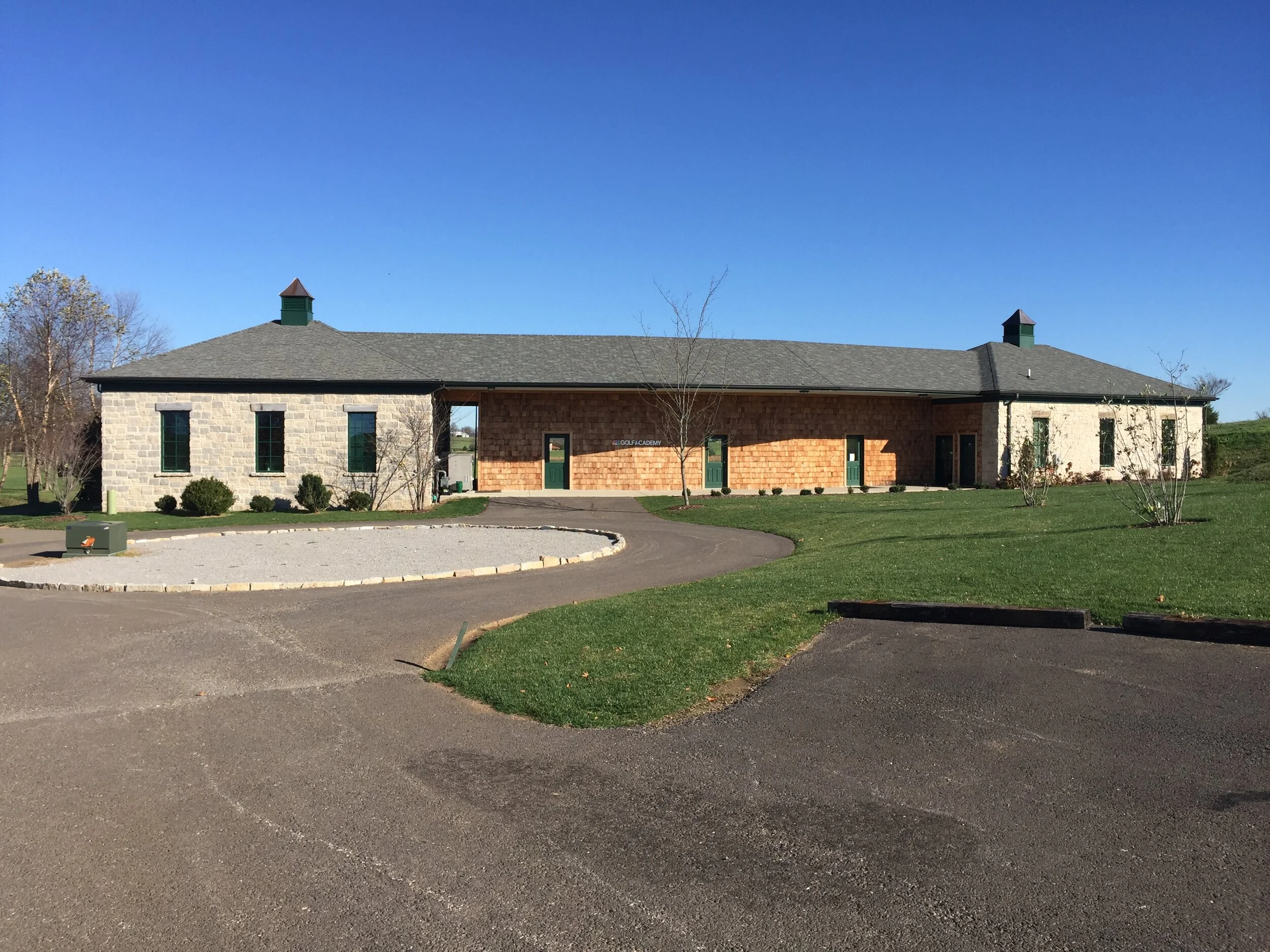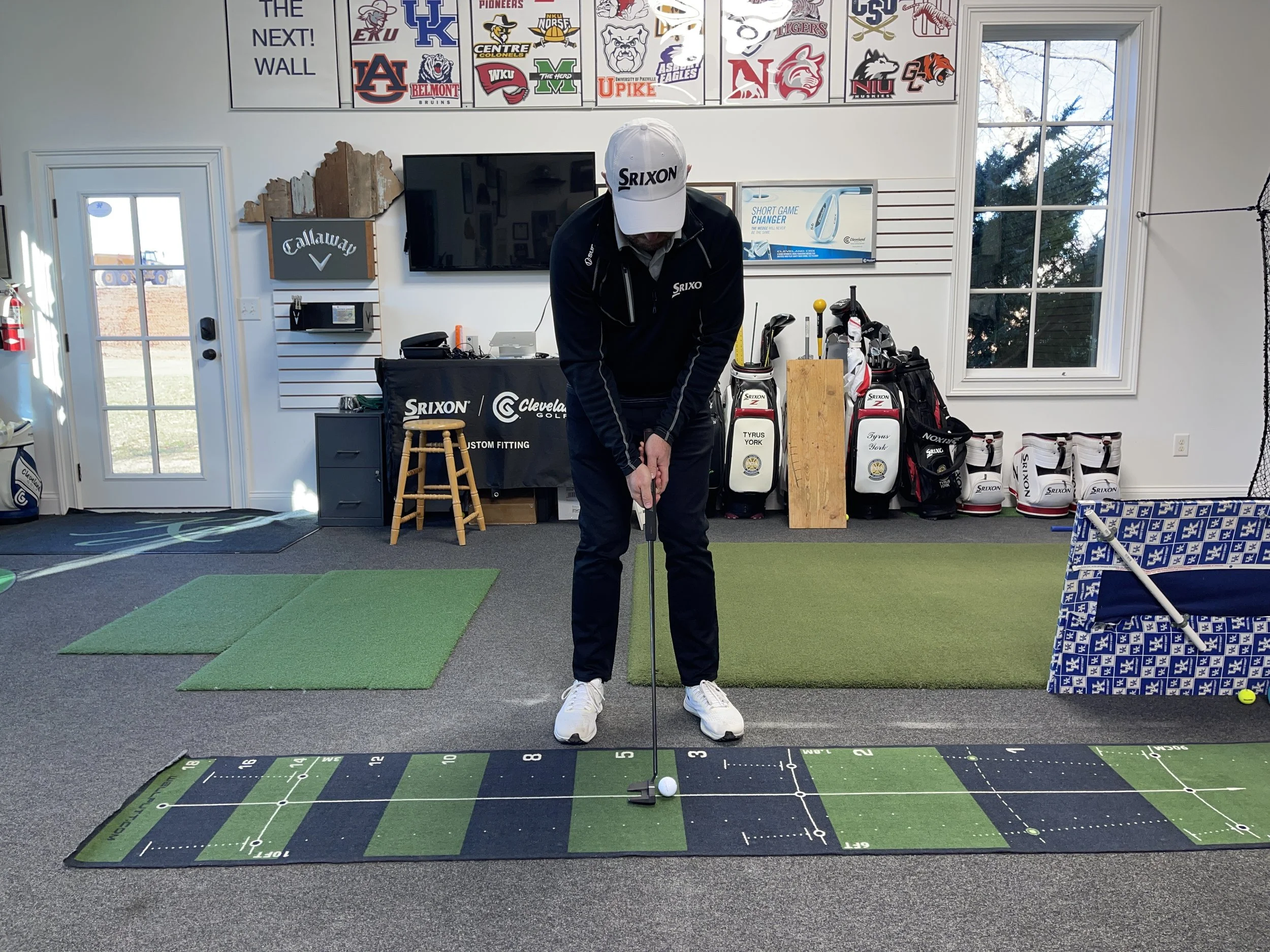Tips for the Busy Recreational Golfer
When you are a working professional that loves the game of golf, it seems like there is rarely enough time in a day or week to spend adequate time on the golf course or working on your game. Unfortunately the work life balance is set for many, leaving a small, finite time to get better and enjoy your golf game.
If this sounds like you, consider the 3 tips below to make sure you are getting the most from your game when you do get to play.
GASP
GASP simply stands for Grip, Aim, Stance, Posture. Believe it or not, if you can manage these 4 simple keys when you play your chances of getting the most from your golf game significantly increase. Unfortunately many players simply hit the course on the weekends or after work throughout the week with little to no thought about these keys.
If you are unsure of your ability to accurately execute these four skills, it may be time to schedule that first (or next) golf lesson. Any competent golf instructor should be able to guide you to executing GASP effectively in one session.
Once you know the information, it is time to execute and sharpen your skills. This can be done with as little as 10 minutes per day at home with a golf club in your hands. No swings or golf balls needed. I’m yet to meet anybody that doesn’t have 10 minutes they can spare each day to work on GASP.
Mirror Work
If you do not have a full length mirror at home it may be time to get one. One of the key ingredients to effective practice is feedback and there is no better form of feedback than watching what you do as you do it (in a mirror).
Not only will it make working on GASP that much more effective, you can also work on any key positions in your golf swing that may be of concern. This obviously requires that you have quality information about your golf swing and a clear plan to improve. And yes… lessons are your most direct way to get that information and formulate that plan.
Being able to watch a position in your swing helps to build the connection between what you do and what you feel like you do. For many golfers there is a huge disconnect between the reality of what you’re doing and what you’re thinking. 15 minutes in front of a mirror every couple days in between practice sessions can go a long way in helping make that connection.
Time Management
You may have noticed by now that the tips I’ve discussed today have minimal time requirements. After all, you are busy so finding time to play golf is hard and practicing golf is next to impossible. However there is hope.
If you truly want to improve your golf game you can with as little as 1 hour a week of effective practice. That’s right… 1 hour a week. Here’s what that could look like:
Monday: GASP (10 minutes)
Tuesday: GASP and Mirror Work (15 minutes)
Wednesday: GASP (10 minutes)
Thursday: GASP and Mirror Work (15 minutes)
Friday: GASP (10 minutes)
Is this the pathway to becoming a scratch golfer? Nope. Not even close. But if you commit to this kind of practice plan I can promise you, with the right information from a qualified instructor, you will begin getting the most from your golf game.
Need help getting started? Click here to schedule your first lesson today and let’s get you going on the right track!
























